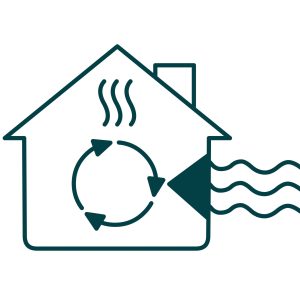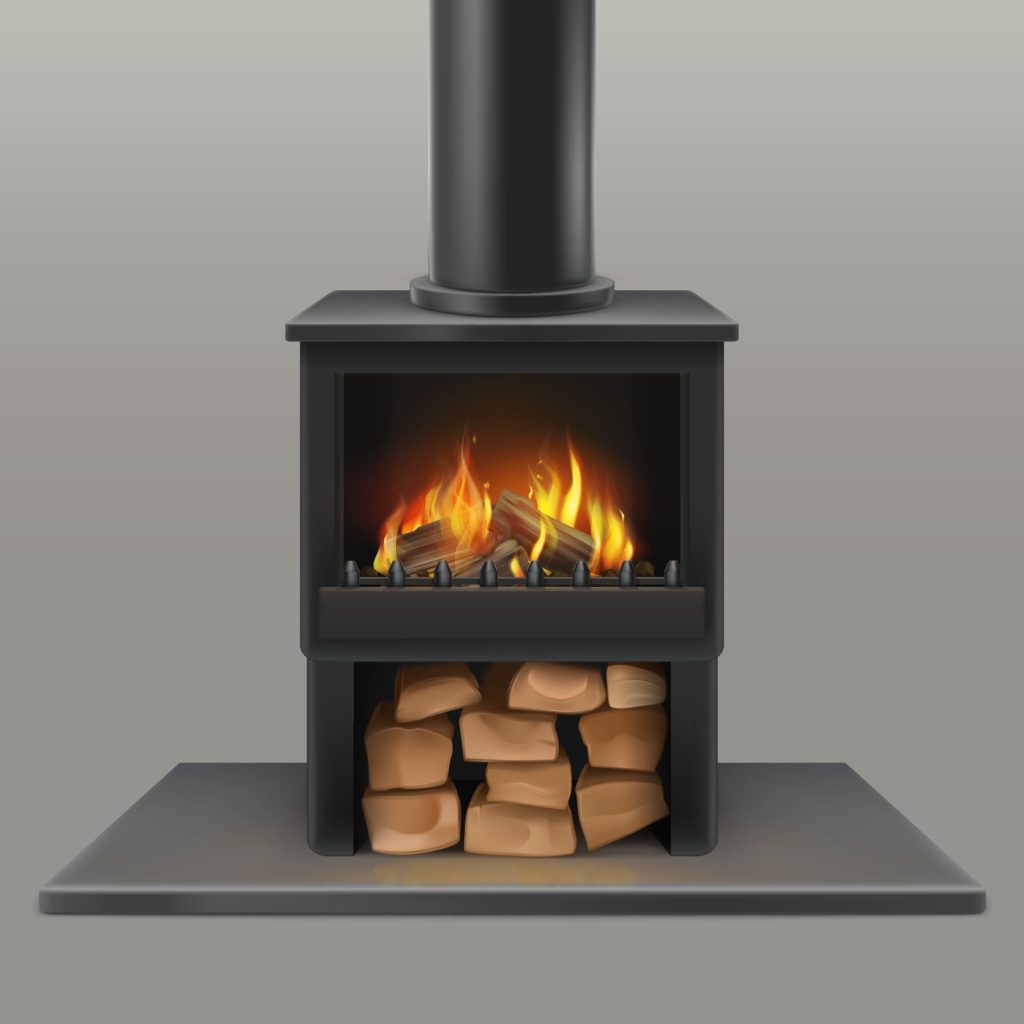How to recycle wood correctly?
Wood is a material known for its natural beauty, durability and versatility in construction and design applications. What not everyone knows is that wood also plays an interesting and beneficial role in relation to heat. In this blog, the Pallars Fustes professionals will explore the relationship between wood and heat, and how this unique material responds to different temperatures and thermal conditions, making it one of the most suitable materials for all kinds of constructions.
Expansion and contraction
The properties of expansion and contraction are the most well-known when we talk about changes in the state of wood, or some other material, in the face of temperature changes. These changes are based on the fact that, at lower temperatures, the material tends to contract, while at higher temperatures, they tend to expand.
Wood, despite being a material that offers great resistance to temperature changes, compared to other materials such as metal, for example, which is much more affected, wood also undergoes certain changes with temperature, since it it’s about a material hygroscopic.
This ownership of the whip indicates that it absorbs or releases humidity in response to the canvis in the ambient temperature and humidity. These changes can result in the expansion or contraction of the whip. In the presence of heat and humidity, the whip tends to expand, while in dry and cold environments it is contreu. It is important that this owner continued to be considered as professionals in the installation of floors, furniture and wood structures, to allow the natural movement of the material and avoid deformations not desitjades.
thermal conductivity
The whip stands out for being a great natural thermal insulation, which means that it has a low thermal conductivity compared to other materials such as metal or glass. Això is due to the porous structure of the whip, which counted petite bosses d’aire that act as barriers to the heat. This owner says that the rod used an excellent material for the construction of the dwellings, which can help maintain a comfortable interior temperature and reduce heat transfer through the walls.

Heating and comfort
On the other side, the whip is also used as a source of heat in the form of fuel. The whip cream on stoves or xemeneies provides a warm and warm source of natural heat. The whip has a high amount of heat energy, which makes it an efficient option for poaching indoors. Furthermore, the heat emitted from the whip is gradual and constant, creating a sensation of comfort and well-being.

We can affirm, llavors, that the relationship between the whip and the heat is fascinating and functional. From its ability to heat fins to its resistance to fire and its use as a source of heat, the whip proves to be a versatile material in terms of heat management. These are just some of the owners who are fans of the whip, one of the best options when it comes to carrying out constructions of any size and magnitude.
Do you know of any other owners of the whip with relation to the heat? We read you!




